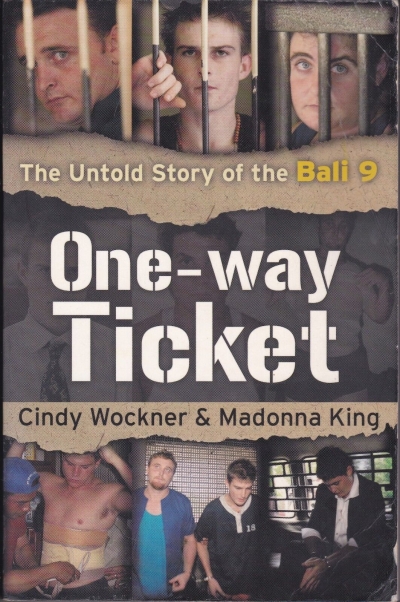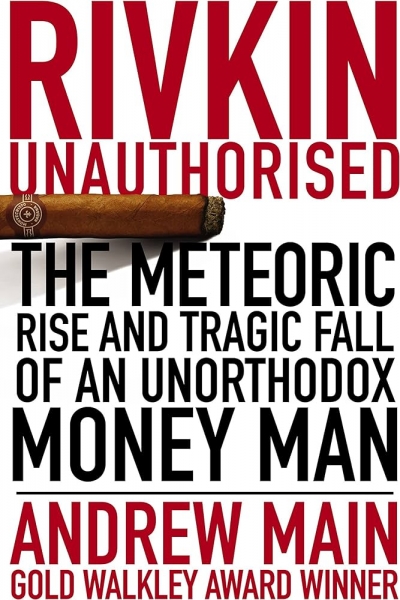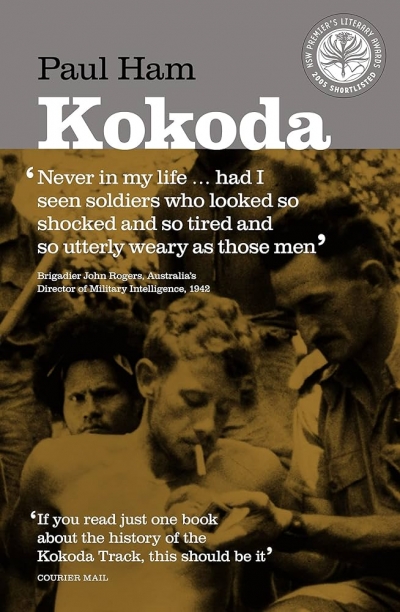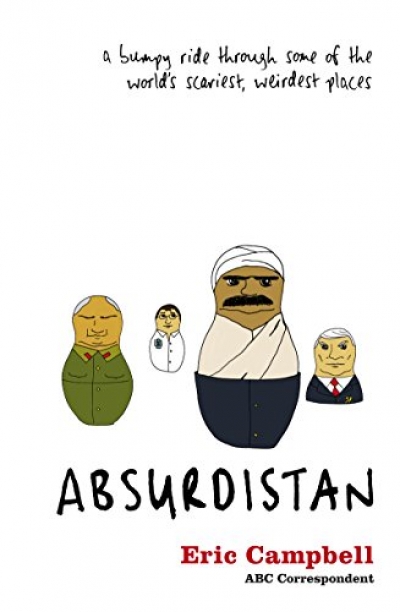HarperCollins
The History of The Times: Volume vii: the Murdoch years by Graham Stewart
by Gideon Haigh •
One Way Ticket: The untold story of the Bali nine by Cindy Wockner and Madonna King
by Marina Cornish •
There, Where the Pepper Grows by Bem Le Hunte & Behind the Moon by Hsu-Ming Teo
by Lisa Gorton •
Rivkin Unauthorised: The meteoric rise and tragic fall of an unorthodox money man by Andrew Main
by Philip Clark •
Platform Papers No. 4: by Robyn Archer & The Woman I Am by Helen Reddy
by Kerryn Goldsworthy •
‘Most of us have a good bit of ego wrapped up in our children. We want them to do well so that we feel good about ourselves as well as them,’ says the wise and frank Jackie French. Parents walk a fine line between encouragement and pressure. Each of the above books is careful not to let itself fall over that line.
... (read more)








